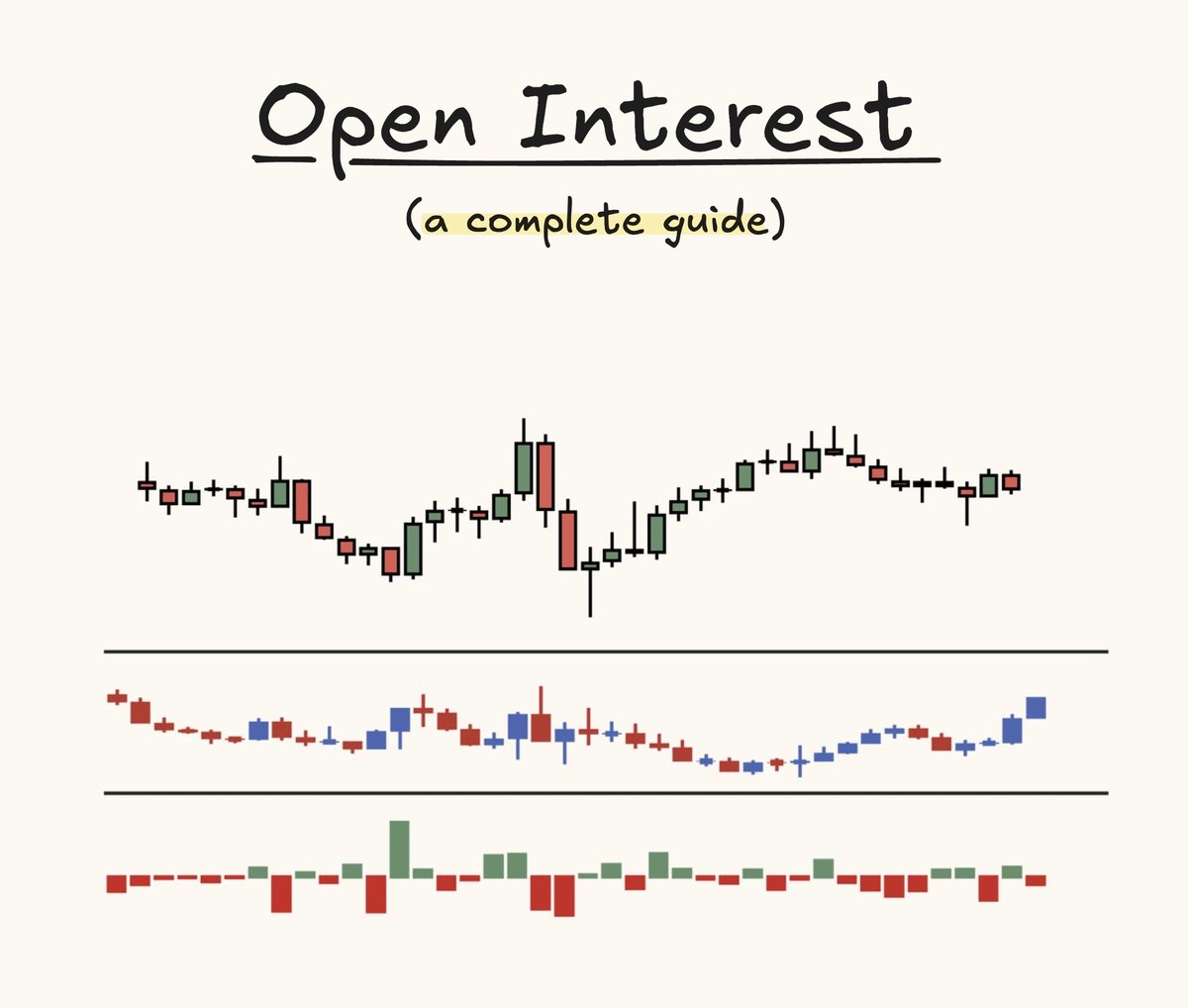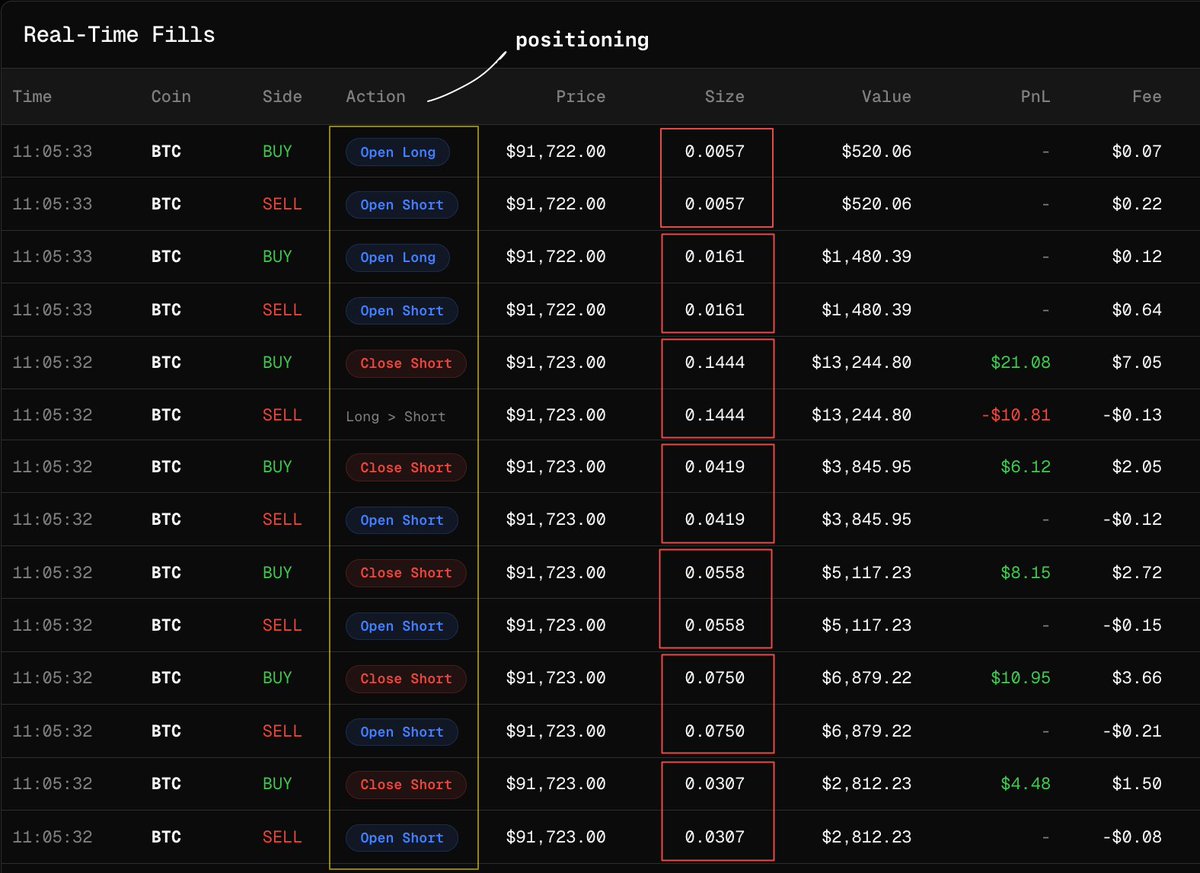
lead @ExochartsC | building @EntropiaTrading | price action trader | order flow, statistics & transparency
34 subscribers
How to get URL link on X (Twitter) App


 fading breakout traders:
fading breakout traders:

 what is open interest?
what is open interest?

 market/limit orders:
market/limit orders:

 footprint vs regular charts:
footprint vs regular charts:

 Asia (00-06)
Asia (00-06)

 what are npocs:
what are npocs:

 what is monday range?
what is monday range?

 what is vwap:
what is vwap:

 open interest vs price:
open interest vs price:

 what is auction market theory:
what is auction market theory:

 what is delta:
what is delta:

 what are trapped traders?
what are trapped traders?

 candle formations:
candle formations:

 1. Market Structure
1. Market Structure